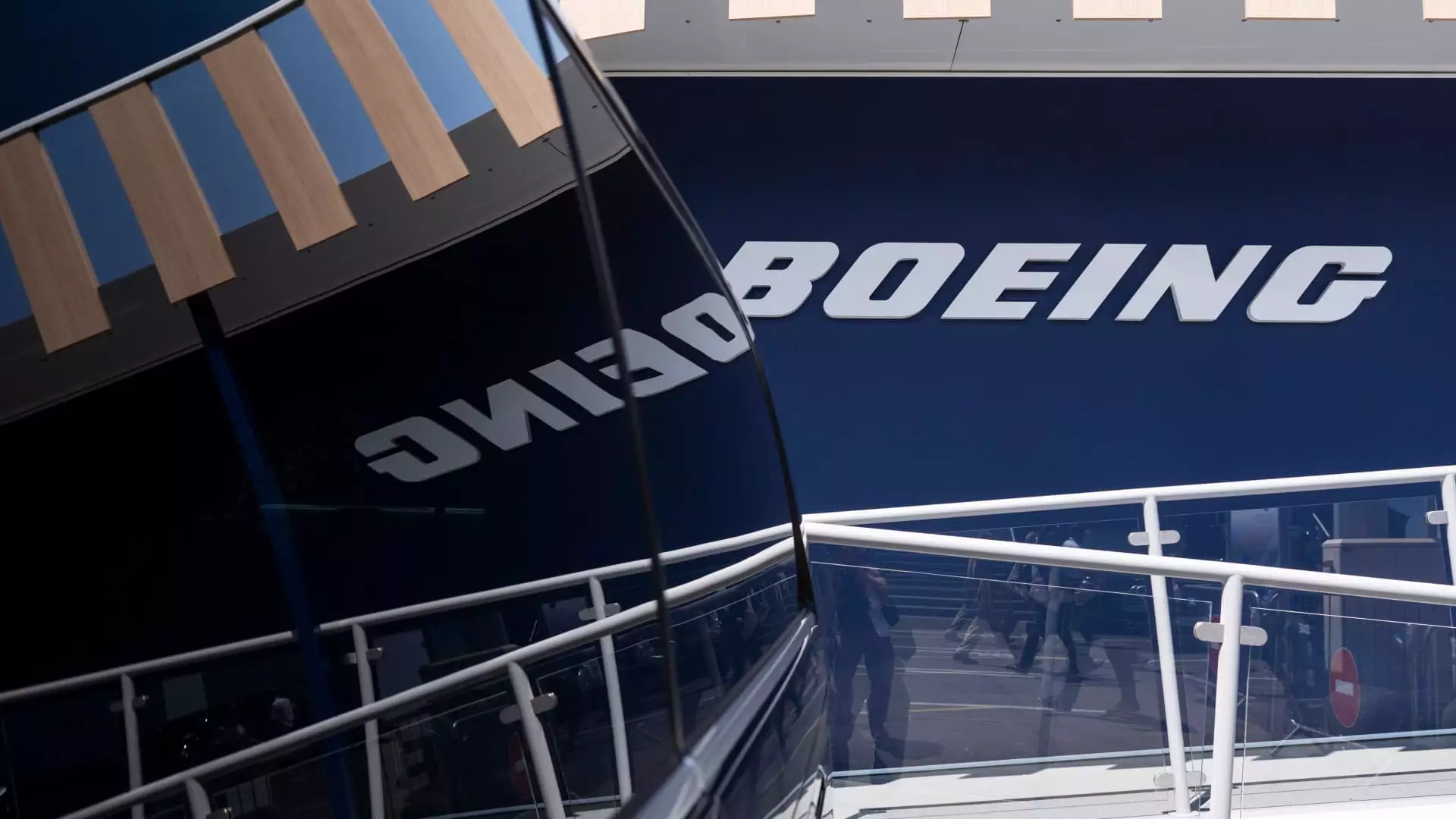Boeing’s recent strides toward normalization are difficult to accept at face value, especially given its tumultuous past. For years, the aerospace giant seemed adrift, beset by self-inflicted wounds, catastrophic accidents, and shaken customer confidence. Now, under Kelly Ortberg’s leadership, there’s a semblance of progress, but this feels more like a carefully curated narrative than authentic revival. Investors are riding the optimism, boosting Boeing’s stock by over 30% in a single year, but this surge conceals the deep-rooted fragility beneath. A company that has repeatedly failed to meet its own schedules and standards cannot simply be restored by cost cuts and executive changes. The question remains: Is Boeing truly turning a corner, or are these market reflections merely hope trumping reality?
The tangible signs of improvement—rising aircraft production and record deliveries—are positive, yet they are insufficient to mask systemic issues. The incidents such as the door-plug failure on a nearly new Boeing 737 Max serve as stark reminders that quality control, an indispensable pillar of aerospace manufacturing, remains compromised. These setbacks tarnish any narrative of recovery, especially when safety concerns are central to airline customer trust. Moreover, the shadow of Boeing’s past—particularly the Max crashes—and ongoing FAA scrutiny suggest that the company’s reputation recovery is still in its infancy.
Leadership and Culture: Do We Trust the Surface-Level Changes?
Kelly Ortberg’s appointment was lauded as a turning point, but leadership alone cannot fix a deeply ingrained corporate culture rooted in aggressive schedules, cost-cutting, and rushed certifications. While industry experts like Richard Aboulafia acknowledge positive shifts, one must critically assess whether these are superficial improvements or sustainable cultural transformations.
A key metric of Boeing’s future success hinges on its ability to cultivate a safety-focused culture that can withstand scrutiny from regulators and customers alike. Yet, repeated quality lapses and the delayed certification of new aircraft (such as the Max 10 and Max 7) suggest that the manufacturing and oversight system remains brittle. It’s tempting to assume that new leadership and restructuring are enough, but without a wholesale cultural overhaul—where safety, transparency, and accountability are prioritized—Boeing’s recovery risks being a fragile house of cards.
Furthermore, the continuous absenteeism of high-profile executives from public discourse weakens trust. The decision to not make Ortberg available for interviews exemplifies a reluctance to openly address these ongoing issues. Leadership must demonstrate genuine commitment through transparency and accountability, not just financial performance and optimistic press releases.
The Permanent Shadow of Past Failures: Can Boeing Ever Fully Recover?
Boeing’s reputation is painfully scarred by its years of mishandling, culminating in lethal crashes and a crisis of trust among airlines, regulators, and the public. The criminal charges and the settlement with the Justice Department do little to heal the wounds inflicted. Victims’ families and consumer advocacy groups view these deals with skepticism—symbolic of a company more concerned with damage control than preventative safety measures.
The company’s efforts to appease airline customers, such as Ryanair and United Airlines, indicate some progress. Yet, their cautious optimism hinges on Boeing’s ability to deliver aircraft on schedule and meet safety standards, not just marketing promises. The delayed certification processes of newer Max variants, along with the lingering doubts about quality control, pose an existential threat to Boeing’s ambition of reclaiming its former dominance.
Moreover, while competitors like Airbus continue to forge ahead, widening the technological and market gap, Boeing’s internal struggles suggest it is fighting an uphill battle. If the company remains mired in hesitation, delays, and quality issues, it risks losing its rightful position in a competitive global aerospace industry that values reliability as much as innovation.
The Future Outlook: Is Boeing Looking Forward or Just Firing Blanks?
While industry insiders highlight the potential for Boeing to post its first annual profit since 2018 and to increase production beyond current FAA caps, these optimistic forecasts feel premature given the unresolved challenging fundamentals. The critical issues of quality assurance, certification delays, and the defense unit’s underperformance remain unaddressed.
Boeing’s strategic pivot towards developing new aircraft models is a necessary step, yet it appears reactive rather than visionary. The absence of a clear plan for a new jet beyond the aging 737 design signals that Boeing may be content with incremental recovery, risking obsolescence in a rapidly evolving industry. Airline customers, scrutinizing Boeing’s progress, remain cautious—demanding transparency, consistency, and demonstrable safety improvements before fully trusting the brand once more.
Ultimately, the path ahead is riddled with uncertainties. True recovery demands more than just financial stabilization; it requires a cultural transformation rooted in accountability and an unwavering commitment to safety. Without these foundations, Boeing’s so-called comeback risks being little more than a mirage—a fleeting illusion of recovery that could evaporate under the weight of its unresolved legacy.

